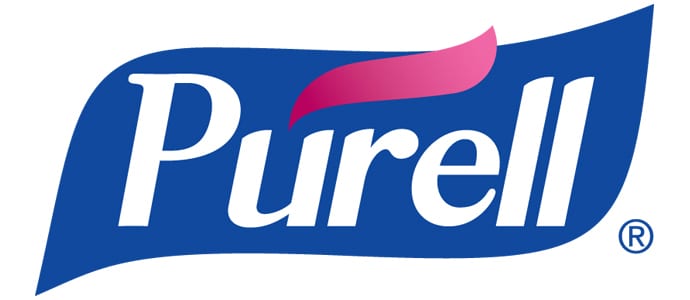“Food production facilities use multiple cleaning chemicals because bacteria will begin to identify these chemicals and, if used regularly, will develop an immunity that keeps the chemistry from functioning correctly,” notes Campbell.
Alkaline cleaning detergents should work for challenging bakery environments, says Brad Sims, food division team leader, Madison Chemical, Madison, IN. “A challenging bakery environment where the products may include additional flavorings, coatings, or other sticky components likely calls for the use of alkaline cleaning detergents utilized in a hybrid dry/wet cleaning process,” he suggests.
Heated, alkaline, detergent solutions applied via foam, spray, soak, or COP cleaning in a separate wet clean area are vital for the removal of organic soils like the carbohydrates (sugars) that are present in these challenging bakery sanitation environments, Sims says. “Additionally, the inclusion of allergen removal will typically necessitate the use of alkaline cleaning detergents containing oxidizers like sodium hypochlorite or alkaline detergents used in conjunction with hydrogen peroxide additives that are proven effective for the removal of protein soils.”
Sims says that most food processing/sanitation managers will have a few cleaners in rotation. “It is currently one of the better prevention techniques for bacterial resistance and is required by the FDA and USDA. The types of cleaning products and sanitizers used in a facility will depend on the specific environment, the equipment being used, and numerous other factors.”
There are many benefits associated with implementing safe, sustainable chemicals that don’t contain fragrances, preservatives and other additives, Sims notes. “These ingredients can cause irritation to bakery employees’ skin or eyes, especially if used frequently. Today, facilities can opt for electrochemically-activated solutions (ECAS) for cleaning and sanitizing that are generated using three ingredients: water, salt, and electricity. ECAS are an ideal choice because they are effective at removing soils and biofilms and eradicating viruses without the use of harsh toxins found in many traditional chemicals. They are also drain-safe, reducing the environmental impact of a facility’s cleaning processes.”
Sims says that each operation will be different, but chlorinated-alkaline cleaning detergents are perhaps the most common throughout the industry. “Depending on the soils present, the situation may also call for a more heavy-duty alkaline for cooked and/or carbonized carbohydrates, solvent-containing detergents for the effective removal of lipid-based soils, or enzyme-based detergents in sensitive areas where strong oxidizers and heavy alkalinity may not be desirable,” he adds.
The choice of sanitizer may be dependent on the microbial risks being controlled, the processing equipment being used, or the product/facility’s organic status, Sims suggests. “Working with your sanitation crew and chemical supplier to understand the challenges specific to your operation is the most effective way to determine the proper cleaning detergent and sanitizing solution for your operation.”



